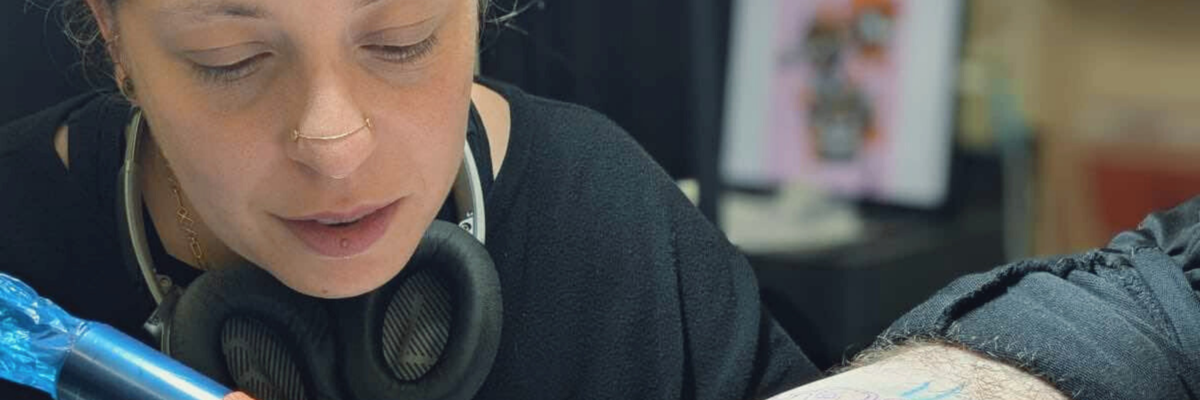“When we launched in the summer of ’08, our goal was to make a second brain for people -- to help them remember stuff better,” says Evernote CEO Phil Libin. “Everyone could use a second brain.”
Three-and-a-half years later, some 22 million users have discovered Evernote, without any marketing or advertising by the company. It’s all been by word of mouth.
“We’re definitely still a work in progress, only a tiny bit of the way there,” allows Libin. “But the bet we made a few years ago was that consumer technology was getting to the point that we could make a product that would work for hundreds of millions of people, and that bet is paying off.”
As an app, Evernote works and syncs across just about any device you can think of, and there are as many uses as there are people. Last year, for example, I mentioned how Valerie Luu and Katie Kwan used Evernote to coordinate details for their entrepreneurial pop-up, Rice Paper Scissors.
And food-related tasks do seem to be a theme among Evernote users, which is why the company recently released a product called Evernote Food (pictured above.)
Evernote says people use to it capture food memories, meals out, recipes, restaurant reviews, and to create food diaries.
“Most of our users are the kinds of people who have a porous separation between life and work,” explains Libin. “They don’t maintain rigid distinctions between work and family or the tasks they need to perform. They’re ‘always on.’”
In other words, they're multi-taskers, which means pretty much all of us.
“I live in it (Evernote),” says Libin, glancing at his iPhone. “Yesterday, for example, I entered notes about two meals, four people I met, as well as six documents, and notes about an upcoming Board of Directors presentation I have to give, and some research to share with the team.”
Evernote makes it so simple to do everything from clipping portions of web pages, storing photos of wine bottles, and organizing hand-written or typed notes that it is now one of those “must-have” apps whenever a new mobile gadget launches.
“The hardest part by far and also the most satisfying is doing the design device by device,” says Libin. “We don’t provide a generic experience, but a different one for each device. Between the iPad and an android tablet, for example, what we ask ourselves is ‘What is the best possible experience?’
“So we are re-imagining the consumer experience every single time. Our goal is not just to improve it, but to make it dramatically better.”
In an era when major concerns are being raised about what Internet giants like Google and Facebook are doing with the massive amounts of data they’re gathering about all of us who use their products, Evernote is one of those services that draws a clear fence around the data users choose to store there.
“Everything you post into Evernote is yours,” says Libin. “It’s private. We store it for you but we don’t have access to it, we never share it with anyone, and we don’t monetize your data.”
This brings us to this well-funded company’s business plan. The basic app is free, but for those who wish to upgrade, there’s a premium version, with vastly greater storage and extra functionality for $5/month.
But the basic version will suffice for most people. “Our goal is not to get you to pay but to stay with Evernote for life,” says Libin. “It’s more important that you stay than you pay. And if you’ve got a rhyming business model, it’s got to be good.”
The company’s long-term ambition is to build the “global platform for memory,” and toward that goal, Evernote works in some 30 languages, with two-thirds of its users are overseas, notably in Japan, where attention to detail really matters, but also in growing markets China, Korea and Brazil.





















